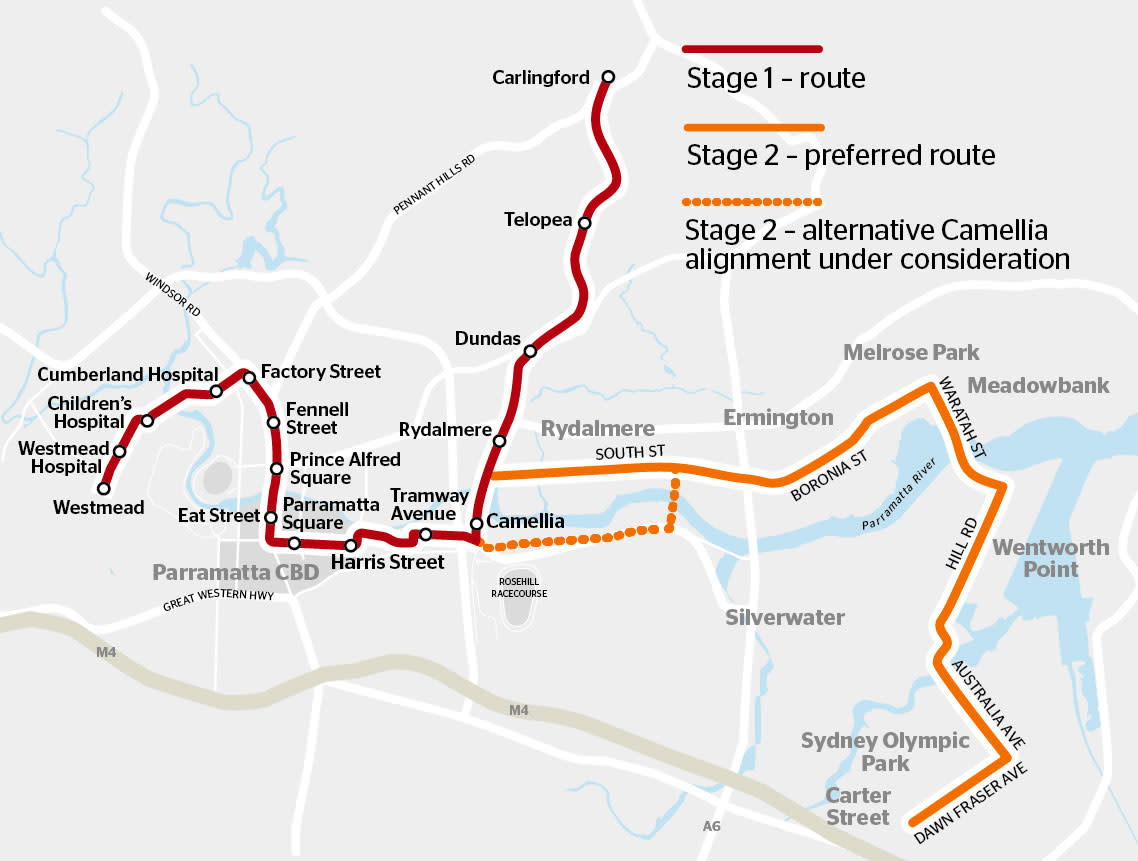Property Sector Applauds $600m Light Rail Commitment

The NSW government will proceed with the second stage of the Parramatta Light Rail, saying it is essential to the area’s growth.
NSW premier Dominic Perrottet said his government would push ahead with the second stage of the $2.4-billion infrastructure project, committing $600 million over a four-year period.
The funding pledge, due to be handed down as part of the state budget on June 21, and commitment to commence construction goes against advice from its independent infrastructure body, Infrastructure NSW.
Infrastructure NSW is among those calling for the project to be paused, citing the ongoing impacts of the pandemic including labour shortages and increased building costs.
It advised the state government to reduce its $27-billion annual infrastructure spend, pausing other “mega-projects” including the Beaches Link motorway and M6 extension in Sydney’s south, in order to deliver smaller projects providing higher returns and lower risk.
Stage two of the Parramatta Light Rail will connect the Parramatta CBD to Ermington, Melrose Park, Wentworth Point and Sydney Olympic Park. A new bridge is planned between Melrose Park and Wentworth Point.
It will also connect to Sydney Metro West, the heavy rail in Parramatta and Sydney Olympic Park, and ferry services at Rydalmere and Sydney Olympic Park.
Construction on stage two of the Parramatta Light Rail will begin as soon as stage one is completed in 2023.

Property Council director of Western Sydney Ross Grove said the recommitment to the project, despite several other major projects being halted, would provide a boost to both the citizens of Parramatta and the property industry.
“Light rail, as well as the Sydney Metro West project, positions the city well for its future growth trajectory as a destination for both housing and employment,” Grove said.
“As new precincts are connected into the light rail network, [the state government] needs to maximise the potential of new neighbourhoods and employment areas.
“The fundamentals of Parramatta are incredibly strong. A shared public and private vision for the future of the city has been supported by an ambitious infrastructure program.”
UDIA chief executive of NSW Steve Mann echoed the sentiments, saying the project would be crucial, alongside the impending Camellia-Rosehill Place Strategy, for connectivity and growth across the region.
“The light rail will support the delivery of housing diversity and demand in the Central River City, which is expected to take the bulk of future growth in Sydney over the next five to 10 years,” Mann said.
“This includes up to 44,000 dwellings that are presently in the delivery phase to support an extra 300,000 residents.”
Since 2011, more than $10 billion in government and private funding has been spent in developing Parramatta, which has established itself as Sydney’s second city.
That includes public and private projects including the $360-million CommBank Stadium, the $18-million Escarpment Boardwalk, the $345-million Arthur Phillip High and Parramatta Public school upgrades, the $320-million 32 Smith Street building and the $300-million Western Sydney Innovation Hub.
Central to Parramatta CBD’s transformation has been Parramatta Square, a $2.8-billion project with four towers, which Walker Corporation broke ground on in 2017.
Grove said demand across all commercial asset classes in Parramatta CBD had continued to outstrip supply by 15,000 square metres each month.
“Put simply, we have more people coming in and out,” Grove said.
“The fundamentals of Parramatta are incredibly strong. A shared public and private vision for the future of the city has been supported by an ambitious infrastructure program.”
Last month, the state government signed off on the long-awaited Parramatta CBD Planning Proposal—green lighting the construction of towers up to 70 storeys.
The revised planning controls expand the CBD’s commercial core providing it with the room to gain more than 1.5 million square metres of new commercial floor space.
The plan is expected to directly create 11,000 new homes and 16,000 new jobs in Parramatta’s CBD, while associated work along Parramatta Road would create a further 27,000 new homes and 50,000 jobs on that corridor over the next 20 years.
Corelogic data shows the median price of a house in Parramatta has soared by 120 per cent in the last 12 months while unit prices have recorded a more modest 40 per cent increase over the same period.














